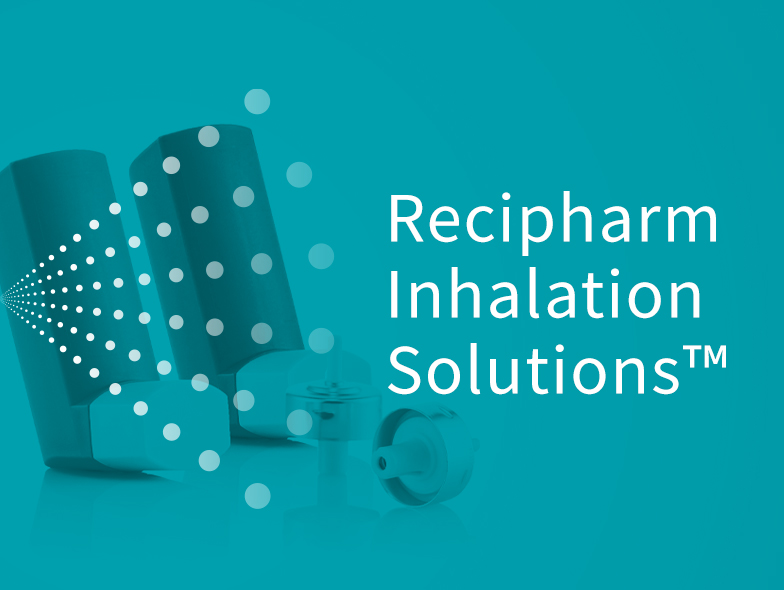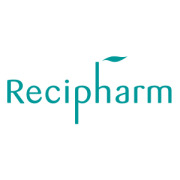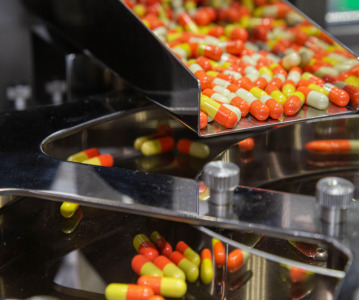How can we propel MDIs into a more sustainable future?

Hydrofluoroalkane (HFAs), or F-gases, have been used as propellants in metered dose inhalers (MDIs) and other inhalation products for many years. However, due to their high global warming potential (GWP) – 1,430 times that of CO2, the United Nations (UN) has committed to reducing global HFA consumption by 80-85% by 2047, with the aim of slowing global warming (1).
Pharma companies must identify and introduce alternative propellants in MDIs as quickly as possible to minimise the risk of supply disruption as HFAs are phased out internationally. However, as Nick Atkinson, NPI Engineering Programme Manager at Recipharm explains, several factors must be considered when exploring and adopting sustainable propellants.
Identifying alternatives
The pharmaceutical industry has been exploring alternatives to standard propellants for use in inhalation drug delivery devices and other medical devices. The two potential “greener” candidates currently being considered are:
- 1,1-Difluoroethane (HFA-152a), which exhibits a GWP of 124
- 1,3,3,3-Tetrafluoropropene (HFO-1234ze(E)), which has a GWP of less than 1 – lower than CO2
However, transitioning to these “greener” propellants is not as straightforward as simply switching out the old propellant for the new. They have different properties and performance profiles, which means formulations may require redevelopment. Furthermore, MDI device designs may also need to be adjusted to create an effective finished product with an adequate shelf life.
Key considerations to ensure successful adoption
When considering any new propellant for use in a MDI, several factors must be considered:
- Toxicology – it is important to determine whether the propellant is safe for human use and doesn’t affect the drug itself.
- Device – any new propellant must be compatible with the materials that make up the MDI valve and canister to ensure stability and long shelf life.
- Formulation - compatibility with actives and excipients within the formulation.
- Manufacturing – a propellant must not interact with the materials used in the filling line equipment, and there must be careful consideration regarding special handling or storage requirements.
- Commercial – the propellant must be widely available and affordable.
- Regulatory registration – any new propellant must be approved by regulators, such as the US Food and Drug Administration (FDA) or the EU European Medicines Agency (EMA).
The importance of expert support
Given all these considerations, failure to consider the transition to lower GWP propellants in the short term could add costs in the future, as the supply of HFA propellants becomes restricted and demand for new equipment and infrastructure accelerates.
Working with specialists like Recipharm Inhalation Solutions™ can help future-proof operations. Our dedicated team offers pharmaceutical companies a seamless outsourcing service from early-stage development through to commercial manufacturing for MDIs and other inhalation products. In addition to formulation expertise, we offer in-depth device design and development support through Bespak by Recipharm.
With such a partnership, pharma companies can continue to deliver high-quality inhaled products to patients as the transition away from HFAs gathers pace.
1. UK Progress on reducing F-gas Emissions Fifth report of session 2017-19 published on 25 April 2018 by authority of the House of Commons

Related News
-
News Pharmapack Awards 2024 Patient-Centric Design Award Winner – Dr Ferrer BioPharma
The 2024 Pharmapack Awards celebrated the best in innovation and design for the pharmaceutical packaging and drug delivery industry on January 24, 2024. -
News Women in Pharma: Minding the Gap at Pharmapack 2024
2024 marks the first year Pharmapack will host a Diversity track dedicated to bridging the gap within the pharmaceutical packaging and drug delivery sector. The track includes a panel discussion on 'Enabling Diversity in the Workplace,' focused... -
News Pharmapack Awards 2024 - Celebrating Packaging and Drug Delivery Innovation
The 2024 Pharmapack Innovation Awards ceremony celebrated the best in pharmaceutical packaging and drug delivery innovation at all levels. The awards were held on January 24, 2024 at the Paris Expo Porte de Versailles. -
News 2024 Pharma Industry Trends Outlook: Collaboration, Market Maturity, and Digital Futures
The annual CPHI Online 2024 Pharma Trends Outlook, in partnership with Arvato Systems, identifies 12 key industry trends shaping the life sciences industry in the coming year. -
News New Novo Nordisk AI hub for drug discovery to open in London, UK
Danish pharmaceutical giant Novo Nordisk will be opening an AI-based research facility in the heart of London to advance drug discovery operations. -
News BioNTech to begin mRNA vaccine manufacturing in Rwanda by 2025
German biotechnology company BioNTech has stated their intentions to begin production at their mRNA vaccine factory in Rwanda by 2025, which will mark the first foreign mRNA vaccine manufacturing site on the continent of Africa. -
News Women in Pharma: Looking back on 2023 and moving forward to 2024
In this monthly series, we interview women from across the pharmaceutical industry and supply chain to discuss the importance of gender diversity in healthcare, the workplace, and beyond. -
News CPHI Barcelona 2023: Partnering for Success – Managing Outsourcing Relationships to Optimise Manufacturing Operations
During CPHI Barcelona 2023, insightful content sessions offered attendees the chance to explore trending topics with expert speakers and panellists. Here, we summarise what the pharma industry and supply chain are talking about the most.
Position your company at the heart of the global Pharma industry with a CPHI Online membership
-
Your products and solutions visible to thousands of visitors within the largest Pharma marketplace
-
Generate high-quality, engaged leads for your business, all year round
-
Promote your business as the industry’s thought-leader by hosting your reports, brochures and videos within your profile
-
Your company’s profile boosted at all participating CPHI events
-
An easy-to-use platform with a detailed dashboard showing your leads and performance







